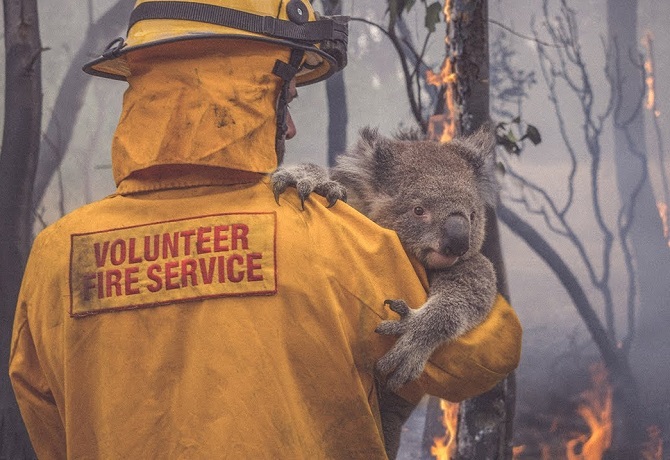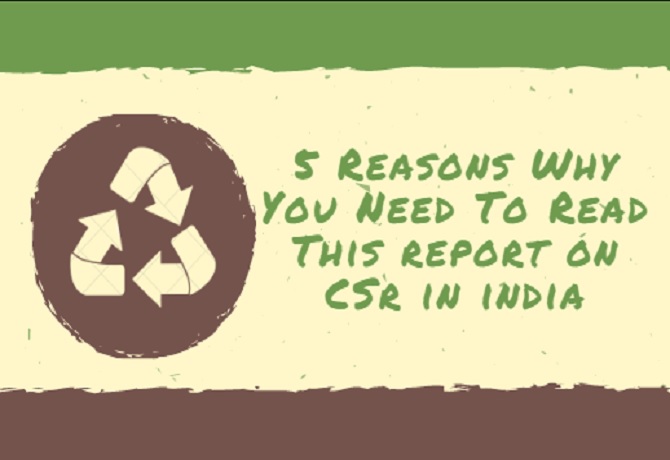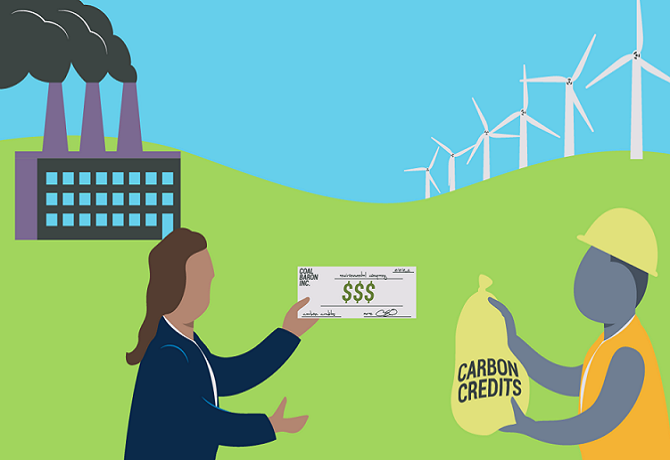As the devastating bushfires tear through Australia, the country’s animals are among those being severely impacted. The Department for Environment and Water told CBS thousands of camels are flocking to tanks, taps and any other available water sources in local communities.
On Jan. 5, the Australian Broadcasting Corporation (ABC) reported thousands of farm animals burned in the fires had been euthanized, and the country was racing to bury “hundreds of thousands” of bodies to “fight off a biosecurity emergency. Agriculture Minister Bridget McKenzie has offered 100 veterinarians to affected areas to assess and euthanize injured stock, ABC reports.
A NASA image of Kangaroo Island off of Australia’s southern coast shows a full third of the island is now covered with burn scars or active fires. Ecologists in Flinders Chase National Park there estimate 25,000 koalas — half the island’s population — may have been killed.
The World Wide Fund for Nature, or WWF (known in the US and Canada as the World Wildlife Fund), used the University of Sydney ecologist Chris Dickman’s numbers to create its own sobering estimate that 1.25 billion animals may have been killed directly or indirectly by the fires.

FARMERS are struggling to come to terms with the “absolute devastation” caused by ravaging bushfires that almost wiped out their entire livelihoods. According to VicEmergency, out-of-control bushfires in the area have already burned through more than 132,000ha. Stay aware of where your information is coming from, and use that same type of good judgment when planning a donation-
Koalas are a focus for donations given to the WWF. However many koalas survive, they will need trees, and many have been burned down. Once the fires clear, the WWF hopes to plant 10,000 desperately needed trees in what’s called the “koala triangle” between southwest Sydney, Gunnedah and Noosa. The group also lists what different donation amounts will do for the koalas — $50 for tree-planting efforts, $75 for food and medicine, etc.
You can also donate directly to state fire services. Many of the Australian firefighters on the ground are volunteers—and you can keep up with their work via the New South Wales Rural Fire Service’s Twitter account, which reports daily firefighter numbers, uncontrolled fire counts, and more. You can donate to the volunteer firefighter teams on the fire service’s site.
To help people affected, the Australian Red Cross has called for donations to assist in providing thousands of Australians with emergency assistance.
WIRES Wildlife Rescue, Australia’s largest wildlife rescue organization, is based on hard-hit New South Wales, and has a popular Facebook fundraising page you might have seen. (WIRES stands for Wildlife Information, Rescue and Education Service.) WIRES volunteers go into the burned areas after it’s safe to do so and rescue what animals they can, though some are hurt so badly they must be euthanized.
You can also donate to Zoos Victoria‘s bushfire emergency wildlife fund, which uses donations to help fund emergency veterinary assistance and scientific intervention.
The famed Irwin family runs the Australia Zoo in Queensland. The late Steve Irwin’s parents founded the zoo as a small reptile and fauna park. Steve himself grew up helping out there, and it’s now owned by his American-born widow, Terri. The zoo’s wildlife hospital is accepting donations and is planning to build a ward for flying foxes, who’ve been hit hard by the fires.
The RSPCA of New South Wales is working to evacuate animals in threatened areas as well as travel into burned landscapes to rescue and treat the injured. The site notes that donations will keep the group’s inspectors on the road responding to emergencies and assisting animals in need.
Staffers at Port Macquarie Koala Hospital, joined by National Parks and Wildlife Service crew leaders, have spent weeks searching for koalas affected by the fires, and have brought 31 to the hospital so far. The group is raising money through a Go Fund Me page.
The small town of Mallacoota in Victoria has just over 1,000 human residents, but it’s right in the heart of the fire devastation. A Go Fund Me page raising money for its wildlife shelter started out with a goal of raising $10,000, but is now up to $81,000 and still climbing.



